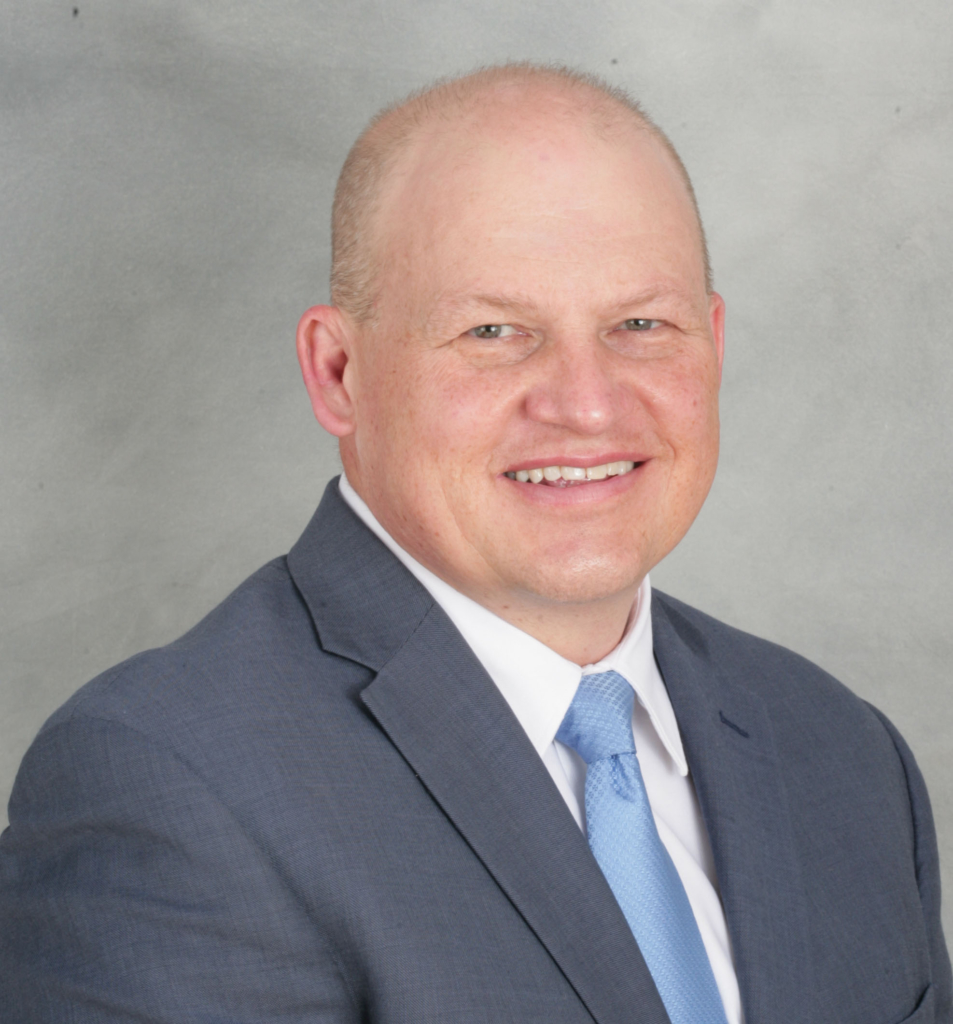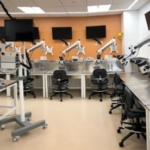Dr. Marlan Hansen, MD
Cochlear™ Case Studies is a new series on Cochlear ProNews highlighting specific use cases of Cochlear products. Cochlear is excited to partner with professionals to highlight their experiences surrounding specific patients. The first series of posts will specifically feature our surgeon partners and will provide details on specific patients and the electrode that was selected for these patients.
Case Study
Patient Background
The patient is a young adult male with hearing loss identified at age five. He passed newborn hearing screening and has worn hearing aids with good success since that age. The hearing loss gradually progressed and he had more difficulties with hearing aids, which resulted in an interest in a cochlear implant.
Candidate evaluation
The patient was classified as an idiopathic progressive SNHL in a young man. Audiometric testing was performed showing profound loss in both ears at high frequencies with aidable hearing in the low frequencies in both ears. CNC word scores were less than 50% bilaterally. His overall hearing was slightly worse on the right. Magnetic resonance imaging of the inner ear and auditory-vestibular nerves was normal.
Electrode selection
We elected to use a Nucleus® Profile™ Plus with Slim 20 Electrode (624), as the patient presented with aidable low frequency hearing and there was a desire to preserve the structure of the cochlea while providing a full-length electrode option. The patient’s hearing thresholds were profound above 1000 Hz, so there was an expectation of likely ongoing deterioration of his hearing over time, and we felt insertion of a full length electrode array would be most beneficial in the long run.
Surgical observation
After a standard approach with a wide facial recess, the round window (RW) was fully exposed and opened with a 27 gauge needle. Dexamethasone (10 mg/ml) was instilled in the RW niche. The electrode array was slowly inserted over ~3-3.5 minutes with continuous electrocochleography (ECochG) monitoring utilizing the Cochlear Research Platform, which is provided as part of a research engagement with Cochlear. There was a small drop in ECochG amplitude for the final 4 mm of insertion. A full insertion to 20 mm was achieved without a further drop in ECochG amplitude. Figure 1 below showcases the electrocochleography response during the insertion.

Figure 1: ECochG amplitudes of the cochlear microphonic (CM) and auditory nerve neurophonic (ANN) responses using the Cochlear Research Platform over the time of insertion. There was a slight drop in the CM for the final 4 mm of insertion, which stabilized as the complete insertion finished. Measurements performed by Viral Tejani, AuD, PhD.
How are things going for the patient?
The patient had well preserved low frequency hearing and is programmed with electroacoustic stimulation. He reports significant improvement in hearing especially high frequency sounds and word understanding.
To hear more from Dr. Hansen, register now for the upcoming Cochlear Case Studies surgeon panel webinar on February 23rd at 5pm ET!

About the author:
Marlan R. Hansen, MD is a Professor in the Departments of Otolaryngology-Head and Neck Surgery, Neurosurgery, and Molecular Physiology and Biophysics. He is the Chair of Department of Otolaryngology-Head and Neck Surgery and the Co-Director of the Institute of Clinical and Translational Science at the University of Iowa. His research is funded by the NIH and focuses on auditory neurobiology including outcomes of cochlear implantation in animals and humans.


